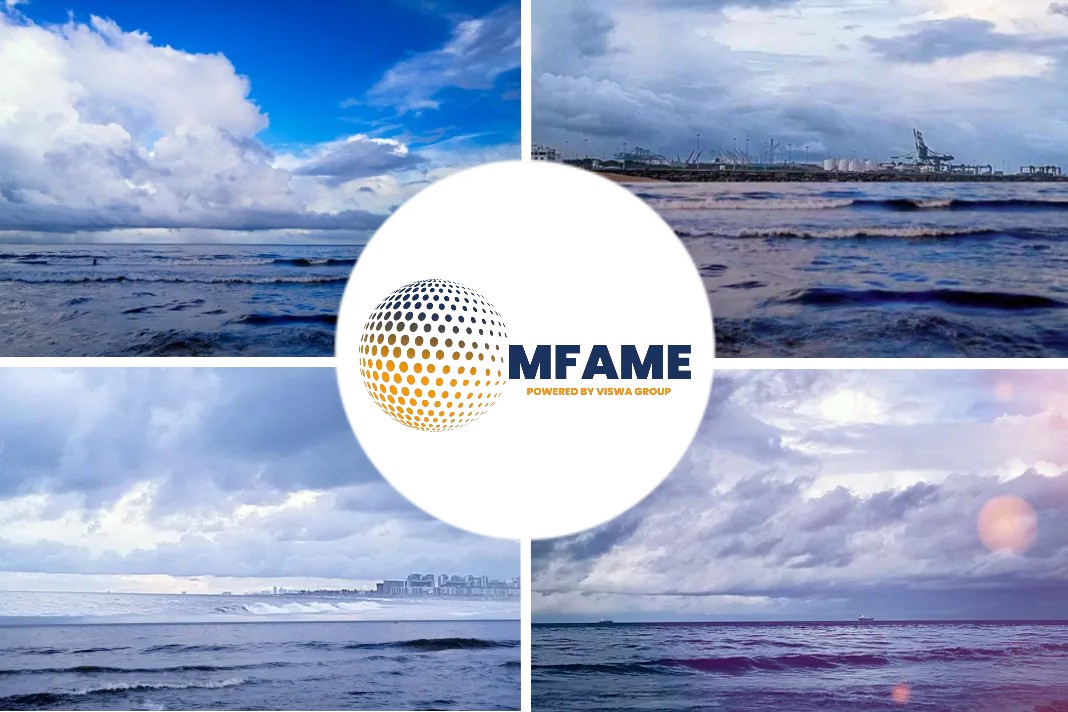 The LNG market enters 2021 with reports of a South Korean company planning to use LNG-cooled warehouses for bulk storage of COVID-19 vaccines as conventional cold distribution chains could be stretched, reports .
The LNG market enters 2021 with reports of a South Korean company planning to use LNG-cooled warehouses for bulk storage of COVID-19 vaccines as conventional cold distribution chains could be stretched, reports .LNG in Asia
These sectors, ranging from LNG bunkering in Singapore to residential gas usage in India, will gain traction in 2021 even as new countries in Southeast Asia like the Philippines and Vietnam are expected to progress towards their first LNG regasification projects.
Additional coverage
Commodities 2021: Global oil supply set for shake-up in 2021 as crude, refining squeeze resumes
Video: Five commodity themes for 2021
Commodity markets in 2020: A year in nine infographics
Asia’s LNG market liberalization will gather pace in 2021 as government policy and third party access to infrastructure opens up the gas and power sectors for non-state players in China, South Korea, Malaysia, Singapore, Thailand, Pakistan and even countries that have yet to start importing LNG.
Supply Sector in Asia
On the supply side, regional exporters like Indonesia and Malaysia, and producers like Thailand and Myanmar, will continue to struggle with structural declines in domestic gas production. China, the largest gas producer in the region, will hit record high domestic gas output, but still miss its own targets.
This leaves the region at the mercy of suppliers, although LNG will remain a buyers’ market in 2021 due to marginal global oversupply.
Big gas exporters Qatar, the US and Russia — the trio famously known as the Camel, the Eagle and the Bear in the oil market — will further entrench their foothold in Asia as they fight for market share in 2021.
 Situation in Qatar
Situation in Qatar
While most exporters saw some contraction in supply in the pandemic months, Qatar barely blinked, and even raised exports when the demand shock rippled through Asian markets in 2020. It has been selling aggressively and signed term contracts at shockingly low prices.
“Qatar kept production in line with seasonal norms and its capacity, and we expect little change in this policy in 2021,” Francisco Blanch, head of commodities and derivatives research at BofA Securities, said in his outlook.
“It is interesting that large sovereign players like Qatar, which controls 21% of global LNG supply, have not sought to balance the oversupplied LNG market by cutting supply in return for higher prices. Doing so would likely be revenue positive in the short term, as a loss in volume is more than made up for by the gain in price,” he said.
Blanch said strategic players like Qatar have very long planning horizons and balancing the market in the present might incentivize more projects in North America to take a final investment decision, hence trading a short term gain for long term pain.
Market Outlook
S&P Global Platts Analytics expects global LNG demand to grow by 2% in 2020 to around 362 million mt, despite the pandemic, and by another 3% in 2021. This is slower than the 11% market growth in 2019 and double digit percentage growth of previous years, as China-led Asian demand growth offsets a decline in Europe.
Global liquefaction capacity will grow by 14.5 million mt in 2021, compared with the export capacity growth of 27.8 million mt in 2020, with the commissioning of Corpus Christi Train 3 in the US, the restart of Egypt’s Damietta Train 1, Shell’s Prelude FLNG and Petronas’ second FLNG, according to Platts Analytics.
“2021 is likely to feature a higher overall gas price complex than 2020, but there is also expected to be significant downward pressure on JKM compared to current levels as we exit the winter,” Jeff Moore, head of Asian LNG at Platts Analytics, said.
Asian LNG market
In 2020, the Asian LNG market emerged from a mild winter with an overhang of gas inventories, but for 2021 North Asia is already reeling from multiple cold waves and gas shortages that will leave the market much tighter.
“There could be an uptick in contract signings in 2021 as end-users get a better handle on their demand profiles and supply needs in a post-COVID world, but the interesting thing to watch will be whether buyers opt to re-sign existing contracts or if we start to see uncontracted capacity for new liquefaction projects get some traction in the market,” Moore said.
He said the current market volatility will also likely weigh on end-users’ minds in terms of contracting, as the advantage is slowly shifting back into the sellers’ courts.
Liquefaction projects in Asia
In Asia, the liquefaction projects most likely to get sanctioned in 2021 are the Barossa back-fill project for Darwin LNG, and potentially new regasification projects in Australia, Vietnam, Pakistan or the Philippines, Moore said.
Meanwhile, Citigroup’s base case forecast Henry Hub price is $3.30/MMBtu in 2021, TTF at $4.80/MMBtu in 2021 and JKM at $5.50/MMBtu.
It expects the TTF-Henry Hub and JKM-Henry Hub price spreads to narrow in 2021, particularly in the summer as the global LNG supply-demand balance implies a slight oversupply. This will have implications for interregional LNG arbitrage.
Did you subscribe to our daily newsletter?
It’s Free! Click here to Subscribe!
Source: S&P Global Platts

























